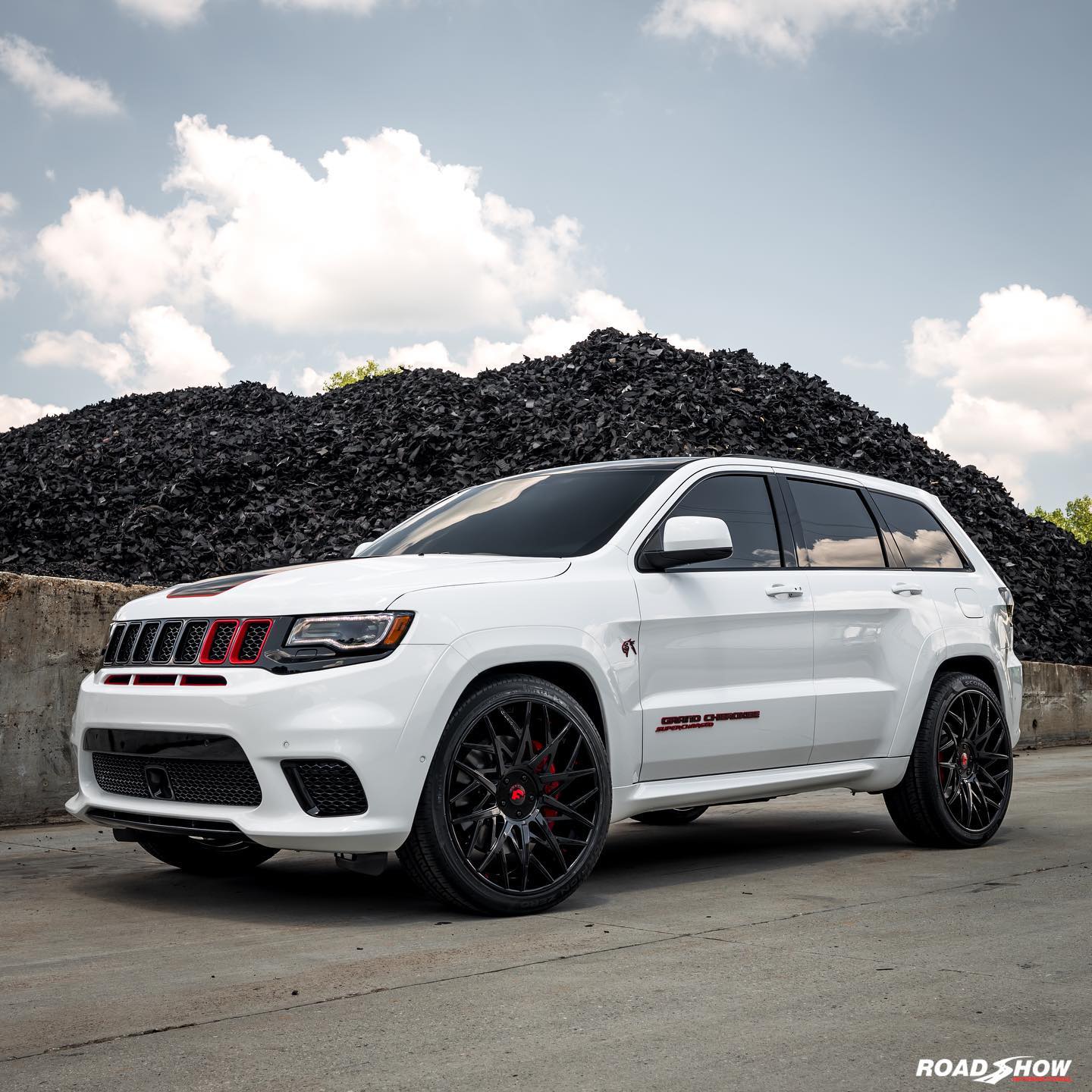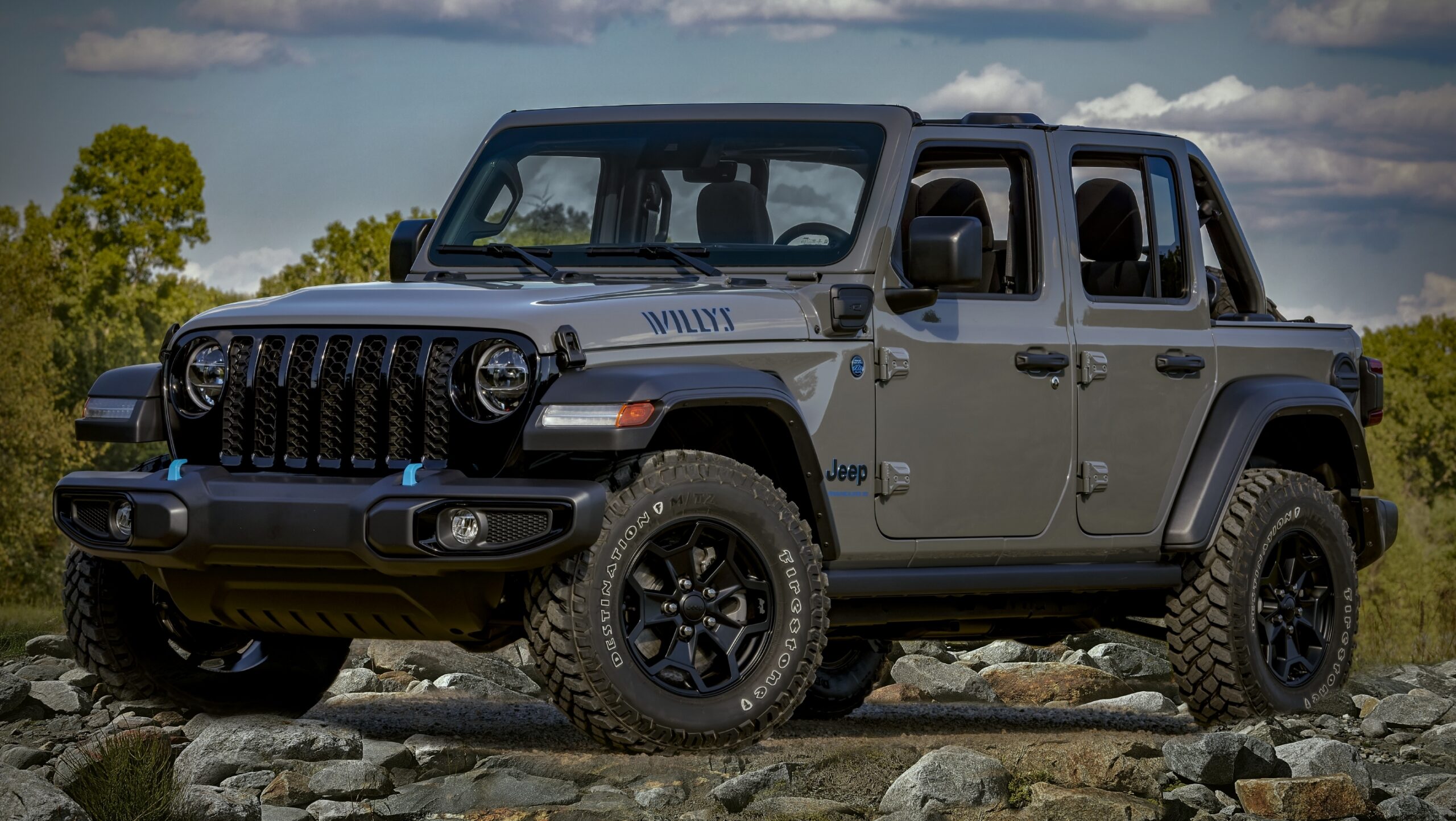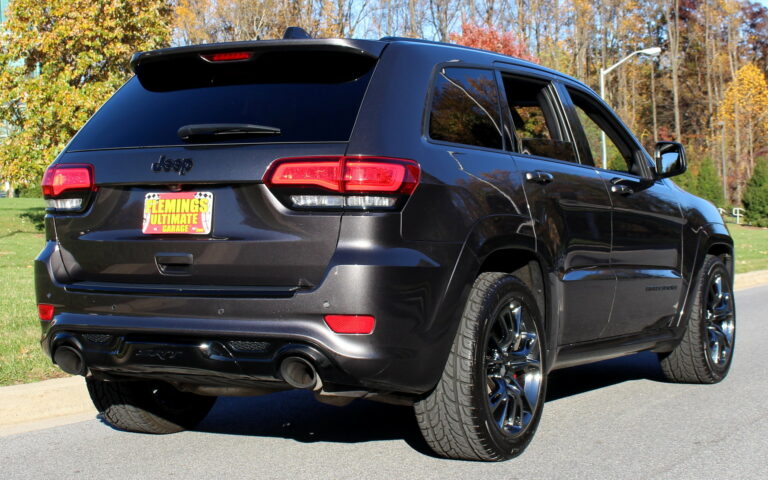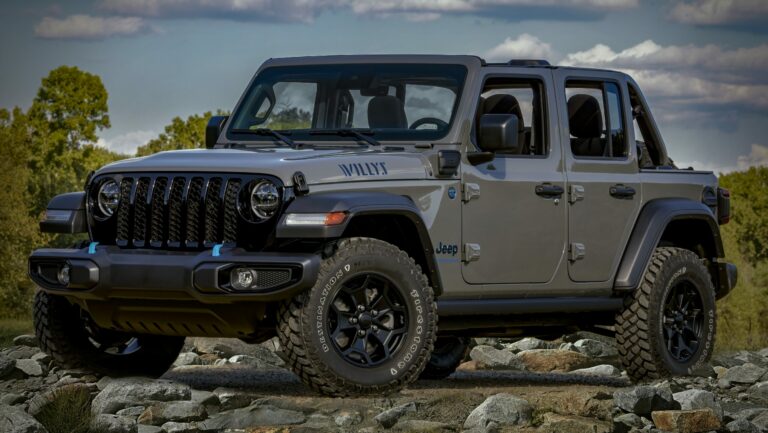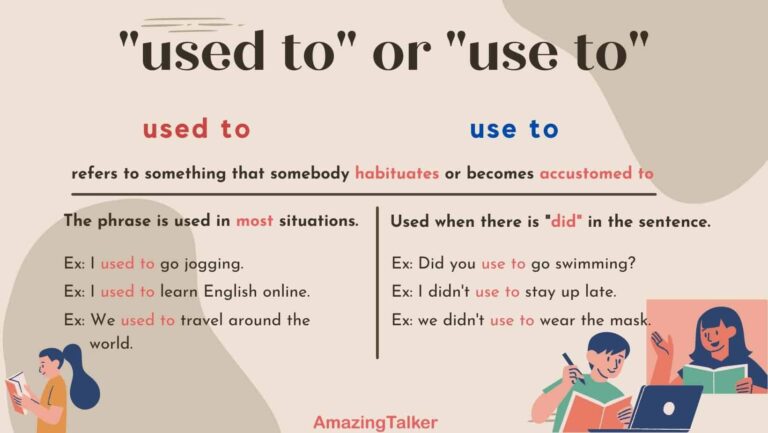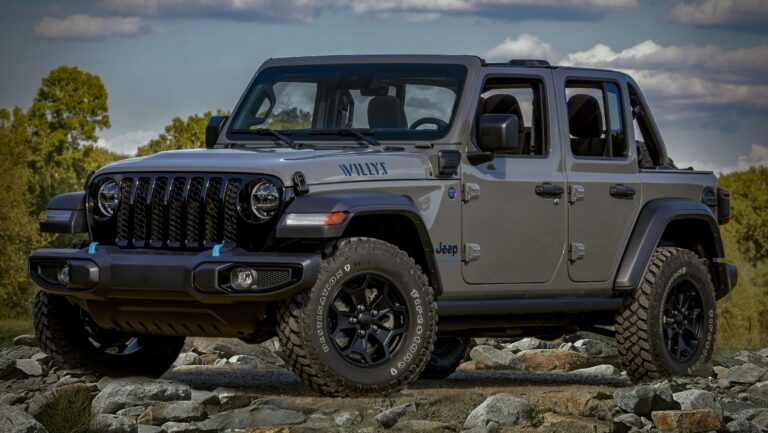Jeep Willies For Sale: Your Comprehensive Guide to Owning a Piece of Automotive History
Jeep Willies For Sale: Your Comprehensive Guide to Owning a Piece of Automotive History /jeeps.truckstrend.com
For enthusiasts and collectors alike, the phrase "Jeep Willies For Sale" isn’t just a simple search query; it’s an invitation to explore a legacy. More accurately known as the Willys-Overland Jeep, these iconic vehicles are far more than mere modes of transport. They are rolling pieces of history, symbols of rugged American ingenuity, and the progenitors of the modern SUV. From their humble beginnings on the battlefields of World War II to their evolution into beloved civilian utility vehicles, Willys Jeeps have carved an indelible mark on automotive culture. Today, the pursuit of a Willys Jeep for sale is driven by a desire for nostalgia, a passion for classic vehicles, a love for off-roading, or the rewarding challenge of a restoration project. This guide aims to provide a comprehensive overview for anyone considering bringing one of these legendary machines home.
The Enduring Legacy: Why Buy a Willys Jeep?
Jeep Willies For Sale: Your Comprehensive Guide to Owning a Piece of Automotive History
The allure of a Willys Jeep stems from its remarkable history and timeless design. Born out of necessity during WWII, the original Willys MB (and its Ford counterpart, the GPW) was designed to be light, agile, and robust enough for military use. Its success was so profound that it became synonymous with the war effort. After the war, Willys transitioned these military marvels into civilian life, creating the CJ (Civilian Jeep) series, starting with the CJ-2A.
Owning a Willys Jeep means more than just acquiring a vehicle; it’s about preserving a piece of automotive heritage. Their simple, mechanical nature makes them relatively easy to work on for those with basic mechanical skills, and their iconic looks turn heads wherever they go. They offer a raw, unfiltered driving experience, connecting you directly to the road (or trail) in a way modern vehicles simply cannot. For some, it’s an investment, as well-maintained or historically significant examples can appreciate in value. For others, it’s the ultimate canvas for a custom build or a faithful restoration project.
Understanding the Different Willys Models For Sale
The term "Willys Jeep" encompasses a range of models, each with its unique characteristics and historical context. Understanding these differences is crucial when searching for the right vehicle for you.
- Willys MB / Ford GPW (WWII Jeeps, 1941-1945): These are the true war heroes. Identifiable by their flat fenders, recessed headlights, and military styling, MBs and GPWs are highly sought after for their historical significance. Originality, especially with documented provenance, significantly increases their value. They typically feature the "Go-Devil" L-head engine.
- Willys CJ-2A (Universal Jeep, 1945-1949): The first civilian Jeep, the CJ-2A retained much of the MB’s rugged simplicity but added features like a tailgate, side-mounted spare tire, and larger headlights. It was marketed as a "farm on wheels" and paved the way for the civilian utility vehicle market.
- Willys CJ-3A (Farm Jeep, 1949-1953): A refinement of the CJ-2A, the CJ-3A featured a one-piece windshield, updated seating, and minor mechanical improvements. It continued the "Universal Jeep" legacy with a focus on agricultural and industrial applications.
- Willys CJ-3B (High-Hood, 1953-1968): This model stands out due to its distinctive taller hood, necessary to accommodate the new "Hurricane" F-head engine. The CJ-3B offered more power and was produced for a longer period, making it a relatively common and practical choice for enthusiasts.
- Willys Wagons, Pickups, and Trucks (Various Years): Beyond the iconic CJ series, Willys produced a range of other vehicles, including the all-steel Willys Station Wagon (often considered the first mass-produced SUV), Willys Pickup Trucks, and various utility vehicles. These offer more passenger or cargo capacity and a different aesthetic, often at a more accessible price point than the early CJs or MBs.

Each model offers a unique driving experience and historical connection, making the choice dependent on your specific interests, budget, and intended use.
Where to Find Your Dream Willys Jeep For Sale

The market for vintage Willys Jeeps is robust, with several avenues to explore. Patience and thorough research are key to finding the right vehicle.
- Online Marketplaces & Auction Sites: Websites like eBay, Craigslist, Hemmings Motor News, Bring a Trailer, and ClassicCars.com are excellent starting points. They offer a wide range of conditions and prices, from fully restored showpieces to barn finds. Be prepared for national competition and factor in shipping costs.
- Specialized Willys Forums & Clubs: Online communities and local clubs dedicated to Willys Jeeps are invaluable resources. Members often list vehicles for sale, and you can tap into a wealth of knowledge and advice from experienced owners. Examples include The CJ2A Page, G503, and various Facebook groups.
- Classic Car Dealerships & Restorers: Some dealerships specialize in vintage vehicles, including Willys Jeeps. While prices might be higher, these vehicles often come with professional inspections, some level of restoration, and a degree of buyer protection.
- Auctions: Live and online classic car auctions can be exciting places to find a Willys, but they require quick decision-making and a good understanding of market values. Previewing vehicles in person is highly recommended.
- Word-of-Mouth & Local Classifieds: Don’t underestimate the power of local connections. Sometimes the best deals are found through traditional means, where an owner might be looking to sell to a fellow enthusiast directly.
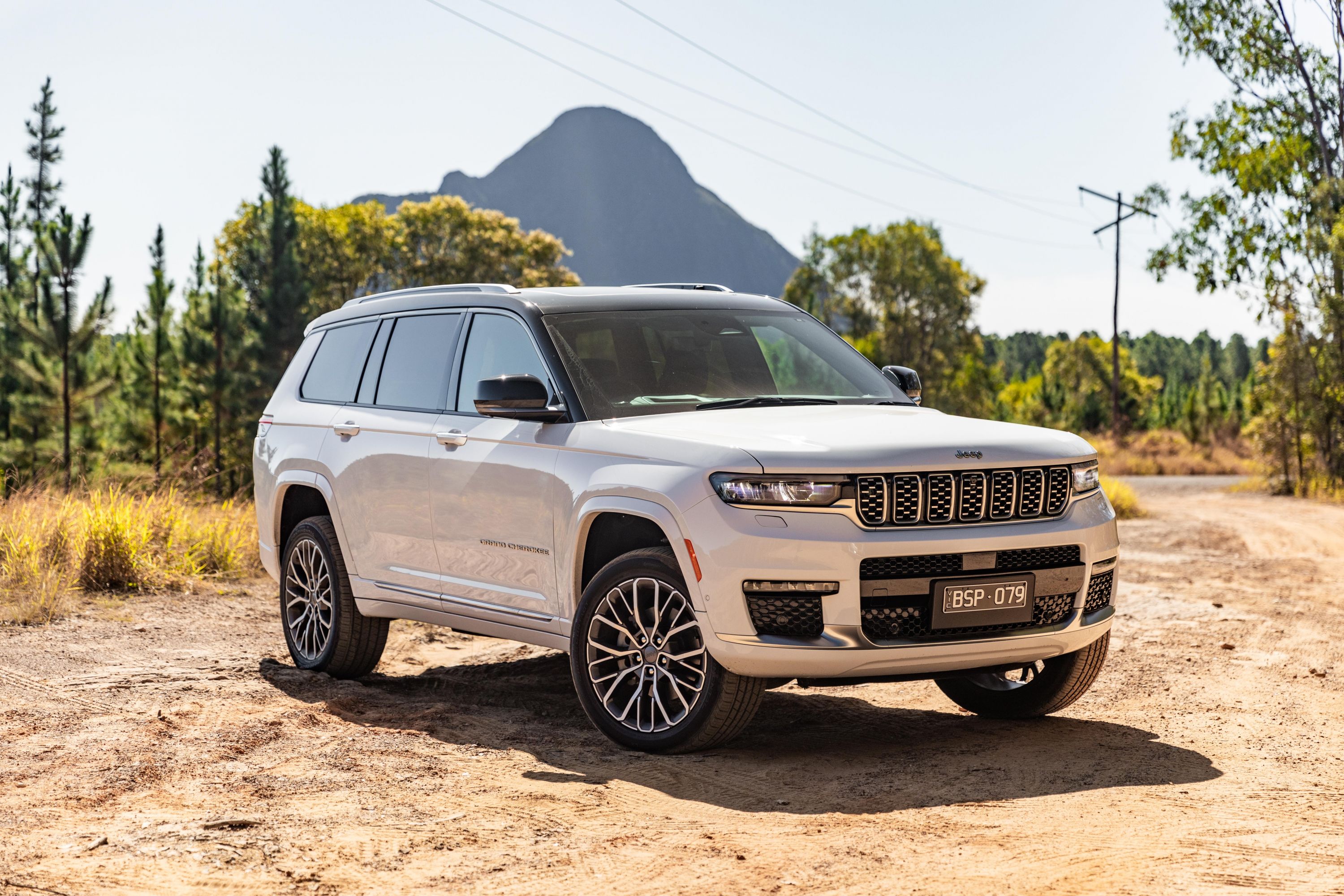
When searching, be specific about the model you’re looking for, but also be open to discovering a different Willys that fits your needs.
Navigating the Purchase: What to Look For (Inspection Guide)
Buying a vintage vehicle requires a keen eye and a methodical approach. A pre-purchase inspection (PPI) by a qualified mechanic who understands vintage vehicles is highly recommended, especially if you’re not mechanically inclined.
- Rust: The Number One Enemy: Willys Jeeps are notorious for rust. Inspect the frame thoroughly for cracks, pitting, or repairs. Check the body tub (floorboards, hat channels, rear seat area), fenders, and tailgate for rot. Surface rust is manageable, but extensive structural rust can be a deal-breaker or a costly repair.
- Engine & Drivetrain: Inquire about the engine’s originality and condition. Look for oil leaks, listen for unusual noises (knocks, rattles), and check for proper operation of the transmission, transfer case, and axles. Ensure the 4×4 system engages correctly.
- Electrical System: Original wiring can be brittle and problematic. Look for signs of shoddy repairs or extensive non-original wiring. A simple, well-maintained 6-volt (or converted 12-volt) system is ideal.
- Brakes & Steering: These are critical for safety. Check for spongy brakes, excessive steering play, and worn components. Many older Willys Jeeps lack power steering or power brakes, so factor that into your driving expectations.
- Suspension: Examine the leaf springs for sagging or broken leaves. Check shock absorbers for leaks.
- Body Condition & Originality: Decide if you want an original patina, a driver-quality restoration, or a concourse-level show vehicle. Be wary of excessive body filler. Check for original data plates and VIN numbers, ensuring they match the title.
- Paperwork: A clear title is paramount. Verify the VIN and engine numbers if possible. Any historical documentation, service records, or photos of a restoration add significant value.
Remember, a "project" Willys will likely require significant time and financial investment. Be realistic about your skills and budget before committing to a full restoration.
Price Considerations and Budgeting for a Willys Jeep
The cost of a Willys Jeep can vary wildly, depending on the model, condition, originality, and historical significance. Understanding these factors will help you set a realistic budget.
-
Condition Tiers:
- Project Vehicle: Typically starts from $3,000 – $8,000. These are often non-running, incomplete, or require extensive body and mechanical work. Suitable for experienced restorers.
- Driver Quality: Ranging from $8,000 – $20,000. These are running and driving vehicles, but may have cosmetic flaws, minor mechanical issues, or non-original parts. Great for those who want to enjoy driving while slowly improving the vehicle.
- Restored / Excellent Driver: From $20,000 – $40,000+. These vehicles have undergone significant restoration, are in very good to excellent cosmetic and mechanical condition, and are ready for regular enjoyment or light shows.
- Concourse / Museum Quality: $40,000 and up, potentially well over $100,000 for rare, perfectly restored, or historically significant examples (e.g., a documented WWII MB/GPW). These are often indistinguishable from new or meticulously brought back to factory specifications.
-
Hidden Costs: Beyond the purchase price, budget for:
- Transportation: Especially if buying out of state.
- Insurance & Registration: Classic car insurance is often affordable but necessary.
- Parts: Even "driver quality" vehicles will need parts over time. Reproduction parts are readily available for many models, but NOS (New Old Stock) parts can be expensive.
- Restoration/Repair Costs: If you’re not doing the work yourself, professional labor can quickly add up. Factor in paint, bodywork, engine rebuilds, and upholstery.
- Tools & Equipment: If you plan to do your own work, you’ll need a suitable garage and tools.
Owning and Maintaining a Vintage Willys Jeep
Owning a Willys Jeep is a rewarding experience, but it comes with the responsibility of maintenance. These vehicles are generally robust and simple, making them easier to work on than modern cars.
- Basic Maintenance: Regular oil changes, lubrication of chassis components (grease zerks), checking fluid levels, and keeping the electrical system clean are fundamental.
- Common Issues: Overheating (especially on L-head engines in hot climates or heavy use), worn steering components, and electrical gremlins are common but often straightforward to address.
- Parts Availability: The good news is that due to their popularity and simple design, many reproduction parts are available from specialized vendors. Used and NOS parts can also be found through online forums and swap meets.
- Driving Characteristics: Be aware that Willys Jeeps lack modern conveniences. They typically don’t have power steering, power brakes, or sophisticated suspension systems. Top speeds are modest (generally 45-55 mph for CJs), and the ride can be stiff. They are best enjoyed on back roads, trails, or for parades, rather than high-speed highway cruising.
- Insurance: Look for specialized classic car insurance providers, as they understand the unique value and usage patterns of vintage vehicles.
Price Table: Estimated Willys Jeep For Sale Values (USD)
| Model | Condition: Project ($) | Condition: Driver ($) | Condition: Restored ($) | Condition: Concourse ($) | Notes |
|---|---|---|---|---|---|
| Willys MB/Ford GPW | 5,000 – 15,000 | 15,000 – 30,000 | 30,000 – 60,000+ | 60,000 – 100,000+ | Historical significance commands premium. Provenance and original components are key. |
| CJ-2A | 3,000 – 8,000 | 8,000 – 20,000 | 20,000 – 35,000 | 35,000 – 50,000+ | First civilian model, popular for restoration and light off-roading. |
| CJ-3A | 3,000 – 7,500 | 7,500 – 18,000 | 18,000 – 30,000 | 30,000 – 45,000+ | Similar to CJ-2A, often slightly more accessible. |
| CJ-3B | 3,000 – 7,000 | 7,000 – 16,000 | 16,000 – 28,000 | 28,000 – 40,000+ | "High-hood" is distinctive. F-head engine offers more power. Good balance of classic looks and usability. |
| Willys Wagon/Truck | 2,000 – 10,000 | 10,000 – 25,000 | 25,000 – 45,000 | 45,000 – 60,000+ | Generally more affordable than CJs. Offer more utility and different styling. Condition varies wildly. |
Note: These are estimated ranges and can fluctuate based on location, market demand, specific modifications, and unique vehicle history. Always conduct thorough research and inspection.
Frequently Asked Questions (FAQ) about Willys Jeeps For Sale
Q: Are Willys Jeeps street legal?
A: Yes, most Willys Jeeps (CJ-2A, CJ-3A, CJ-3B, Wagons, etc.) are street legal, provided they meet local safety requirements (lights, brakes, turn signals, etc.) and are properly registered. Military MB/GPWs may require specific modifications to be road legal.
Q: Are parts still available for Willys Jeeps?
A: Absolutely! Due to their popularity, many reproduction parts are available from specialized vendors. Original (NOS) and used parts can also be found through online forums, swap meets, and salvage yards.
Q: How much does it cost to restore a Willys Jeep?
A: Restoration costs vary widely depending on the vehicle’s initial condition and the desired level of restoration. A full, professional, frame-off restoration can easily cost anywhere from $20,000 to $60,000+, not including the purchase price of the vehicle itself. DIY restoration can be significantly cheaper but requires time, skill, and tools.
Q: What’s the main difference between an MB and a GPW?
A: The Willys MB and Ford GPW were both "Jeeps" produced during WWII to the same government specifications. The primary differences are subtle manufacturing variations, part numbers, and stamping marks specific to Willys-Overland or Ford. For example, Willys MBs often have "Willys" embossed on the rear panel, while GPWs have a "Ford" script.
Q: Can a Willys Jeep be a daily driver?
A: While technically possible, a Willys Jeep is generally not recommended as a daily driver, especially for highway commuting. They lack modern safety features, creature comforts (like air conditioning or power steering), and are slow by modern standards. They are best enjoyed for recreational use, light off-roading, or as a weekend cruiser.
Q: Do Willys Jeeps have seatbelts or other safety features?
A: Original Willys Jeeps did not come equipped with seatbelts or other modern safety features like airbags or crumple zones. Many owners retro-fit seatbelts for safety, which is highly recommended.
Conclusion
The quest for a "Jeep Willies For Sale" is a journey into automotive history, offering the unique opportunity to own and experience a truly iconic vehicle. Whether you dream of a meticulously restored military MB, a rugged CJ-3B for trail adventures, or a charming Willys Wagon for family outings, the market offers a diverse range of options.
Approach your search with patience, armed with the knowledge to inspect potential purchases thoroughly, and a realistic understanding of the costs involved in ownership and maintenance. Joining Willys communities and seeking advice from experienced owners will enrich your experience immeasurably. Owning a Willys Jeep is more than just possessing a vehicle; it’s becoming a custodian of a legend, a tangible link to a pivotal era, and a source of endless adventure and camaraderie. Embark on this journey, and you’ll discover why the spirit of the Willys Jeep continues to captivate hearts worldwide.
